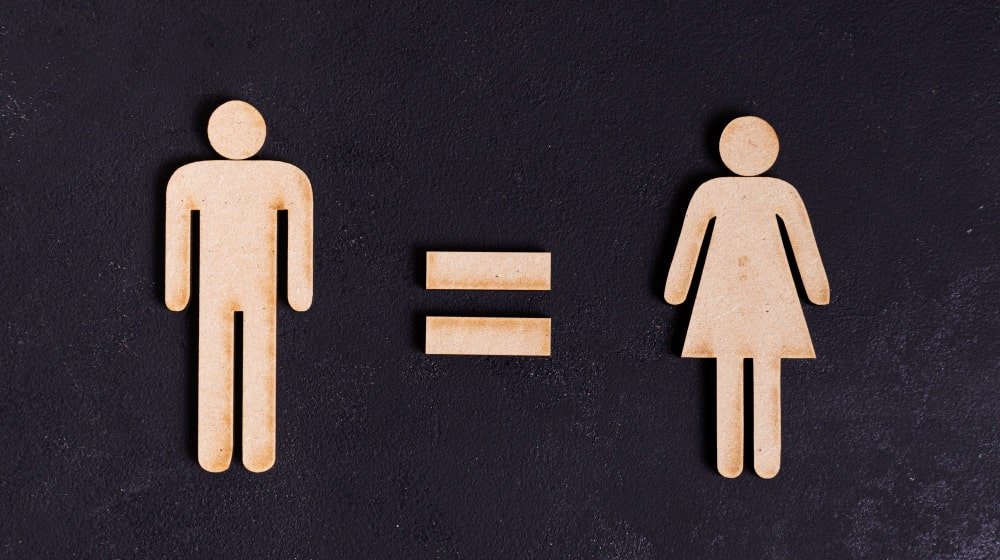Table of Contents
Introduction About Sexism

Sexism has changed over time, but it hasn’t gone away. In the past, it was very open and clear women were often shown as weak, dependent, or only suited for household roles. These unfair portrayals were everywhere, especially in media like TV shows, ads, and magazines.
From Open to Hidden Discrimination

As people started to speak out more about equality, these obvious forms of sexism became less accepted. But that didn’t mean sexism disappeared — it just became more hidden. Today, many people still believe that women are treated equally, even when they’re not. Some think women ask for too much or that special rules to support them aren’t needed. This kind of thinking is a quieter, more modern form of sexism. It doesn’t always use harsh words, but it still holds back progress.
Changing Perceptions Over Time
As people started to speak out more about equality, these obvious forms of sexism became less accepted. But that didn’t mean sexism disappeared — it just became more hidden. Today, many people still believe that women are treated equally, even when they’re not. Some think women ask for too much or that special rules to support them aren’t needed. This kind of thinking is a quieter, more modern form of sexism. It doesn’t always use harsh words, but it still holds back progress.
The Importance of Speaking Up
In today’s world, it’s also clear that who speaks up against sexism matters. When men call out unfair behavior, people often listen more closely and take it more seriously. This makes it really important for everyone, not just women, to speak up when they see something wrong. When more people challenge unfair treatment, it sends a strong message that sexism has no place in our communities.
Why Action Is Still Needed
Even though sexism may not always look the same as it did in the past, it still affects many areas of life. That’s why it’s important to recognize it, talk about it, and take action to stop it. Only then can we create a world that’s truly fair and equal for everyone.
Table: Key Differences in Sexism Over Time
| Era | Common Form of Sexism | Visibility | Examples |
|---|---|---|---|
| Past | Open and direct | High | Ads showing women only as homemakers |
| Modern Day | Subtle, often unspoken | Low to moderate | Belief that women are asking for too much |
Read More: Rewire Your Brain for Positivity: 10 Steps to Overcome Negative Thinking
Table: Summary of Key Insights on Modern Sexism
| Aspect | Past | Present | Key Insight |
|---|---|---|---|
| Visibility | Open, widely accepted | Subtle, often denied | Sexism has become less visible but still exists in indirect forms |
| Media Representation | Women shown as weak or domestic only | More diverse roles, but stereotypes still present | Media has evolved, but hidden biases remain |
| Public Perception | Sexism was normalized | Many believe equality has been achieved | Belief in equality can mask ongoing inequalities |
| Response to Sexism | Mostly ignored or accepted | More people speak out, especially when men do | Allyship plays a crucial role in challenging sexist behavior |
| Call to Action | Rare and limited | Growing emphasis on awareness and speaking up | Change requires recognition, conversation, and collective action |
Sexism may have changed its appearance, but its impact is still deeply felt. While society has made progress in rejecting the more obvious and outdated portrayals of women, the more subtle and quiet forms of discrimination continue to affect everyday life. Recognizing these hidden patterns is the first step toward real change. It’s not enough to believe in equality—we have to practice it, speak up for it, and make space for conversations that challenge the status quo. When everyone takes part in standing against sexism, regardless of gender, we move closer to building a world where fairness isn’t just an idea, but a lived reality for all.





